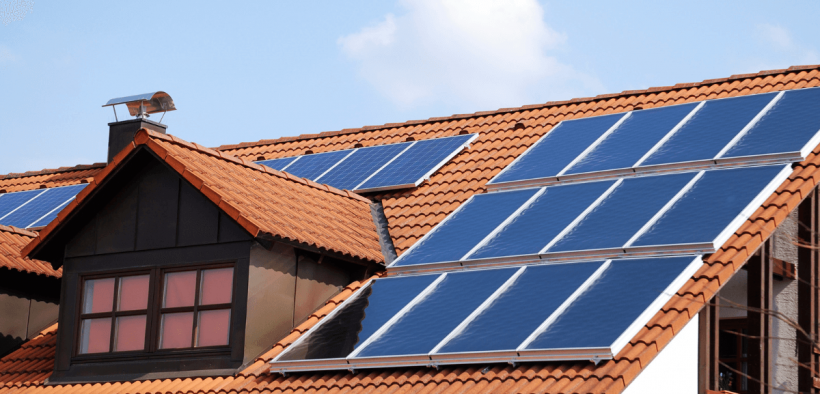IPART’s solar feed-in tariff guide informs customers of extra power
Share

IPART’s recently published solar feed-in tariff guide for customers in 2023-24 is informing customers that they should expect to receive 7.7 to 9.4 c/kWh from their electricity retailer for the solar exports they feed into the grid.
Tribunal chair Carmel Donnelly said that the value of solar is based on wholesale prices at the times that solar is exported to the grid.
“Wholesale prices have increased significantly over the last year, mainly due to the war in Ukraine which has led to higher gas and coal prices, and disruptions in several large coal-fired power plants,” Ms Donnelly said.
“IPART’s feed-in tariff benchmark is up from around 5 cents this time last year.”
Check out: Prime Minister says no quick solution to ongoing energy crisis
Ms Donnelly said that most customers get the best value from their solar panels by using electricity when their solar panels are generating during the day. This allows customers to reduce how much electricity they need to buy from retailers.
“Solar customers can power their heaters, air conditioners, electric vehicle and pool pumps with their solar panels if they time it right.” Ms Donnelly said.
Retailers’ prices are higher than the solar feed-in tariff rates because retail prices include network costs and environmental obligations.
They must also recover the high costs of wholesale electricity when solar is not generating. These can be much higher than the wholesale costs in the middle of the day when solar is helping to power the grid.
Check out: Australian organisations should have the cheapest energy in the world – here’s how we can
IPART has also published a fact sheet showing the solar feed-in tariffs currently being offered by retailers.
“We found that some retailers offer solar feed-in prices above IPART’s benchmark, but with conditions,” Ms Donnelly said.
“Some retailers pay a lower feed-in tariff rate after export thresholds have been reached. Other deals are only available if the customer has bought their solar panels through that retailer. Customers should consider all aspects of a retailer’s offer including usage and fixed charges. The offer with the highest feed-in tariff may not be the best deal overall.”
Eliza is a content producer and editor at Public Spectrum. She is an experienced writer on topics related to the government and to the public, as well as stories that uplift and improve the community.










Today’s Pick
11th Annual Aus Goverment Data Summit
April 1, 2025
7th Annual NZ Government Data Summit
May 7, 2025
3rd Public Sector Comms Week
May 14, 2025
Subscribe
We send emails,
but we do not spam
Join our mailing list to be on the front lines of healthcare , get exclusive content, and promos.
AI appointment Australia Australian boost boosts business businesses covid-19 cyber cyber attack cybersecurity cyber security data data breach data management defence Digital employment enhance enhances fraud funding governance government grants infrastructure Innovation Lockdown management new zealand NSW NZ online privacy public Public Sector queensland renewable energy scams security Social Media Technology telecommunications victoria
-

Understanding and building your digital strategy
Digital Government, Opinion
-

Featured Leader: Jamie Morse on multi-channel strategies for communication
Communications, Featured Leader
-

Featured Leader: Tegan Tembe of NSW Treasury on creating solid planning strategies and processes
Featured Leader
-

Wirraka Maya Health Service improves patient care with My Health Record
Learning
Show More-

Effects of ineffective communication in the workplace
Communications, Personal Development
-

7 ways you can enhance your personal development skills
News, Personal Development
-

5 advantages of working in the public sector
News, Personal Development, Professional Development
-

7 causes of communication issues in the workplace
Communications, News, Personal Development
Show MoreLast Viewed